When discussing Star Wars and its evolving history with animation, the best starting point would be with The Tartakovsky Clone Wars.
Not the new(er) 3D series mind you, but the original 2D series (that, unfortunately, is no longer canon). Created by Genndy Tartakovsky, who is recognized today for his works on others such as Dexter’s Lab, Powerpuff Girls, and most recently Primal. Of course, his crowning achievement was the creation of Samurai Jack.
All Show, No Tell
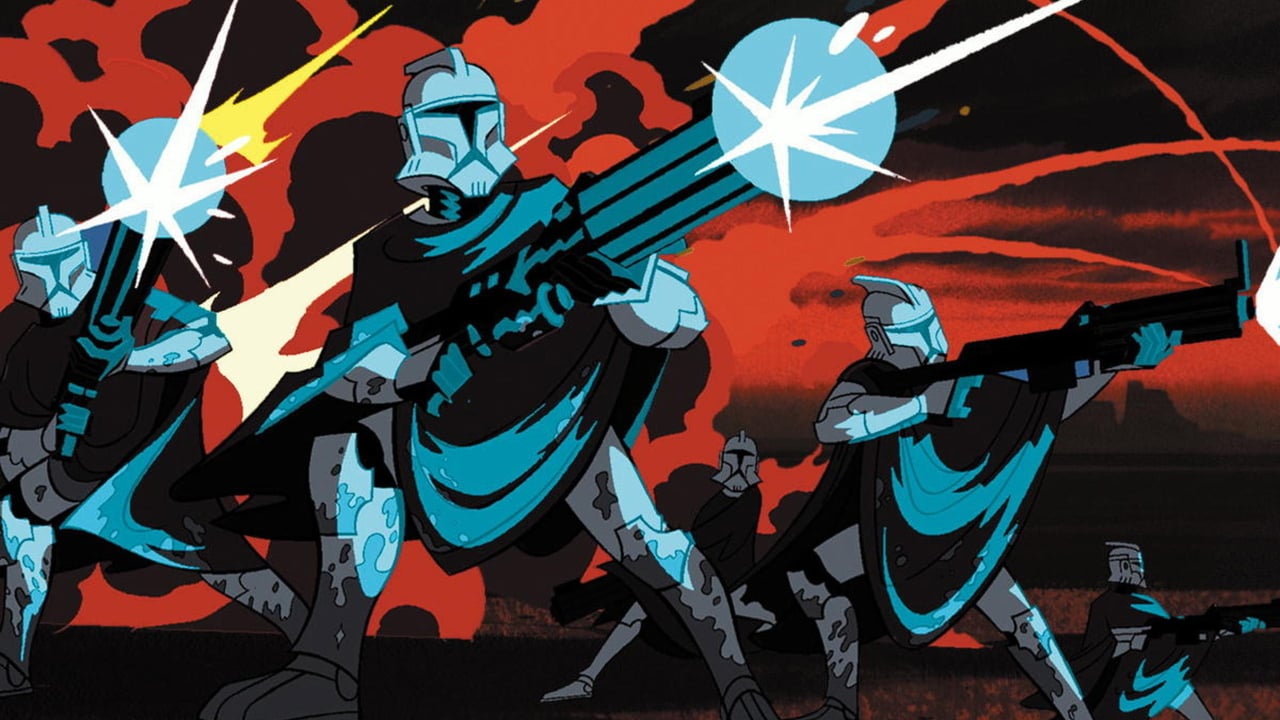
There was a distinct style that Tartakovsky has with all his projects and he truly understood the power of visual storytelling. In Samurai Jack dialogue was stylistically kept at a minimum to allow the visual and character expression to tell the story. It was this style of visual storytelling that gave the series a unique feel compared to other shows. The series also took advantage of its animation in that many action scenes were choreographed in a way that would never work in live-action.
The show had a different way of airing as they were released in 5-minute segments between cartoon networks. The only way to experience the entire season as a whole is to get the DVD or watch it online. Thankfully it’s now available to see on Disney Plus.
Characterization
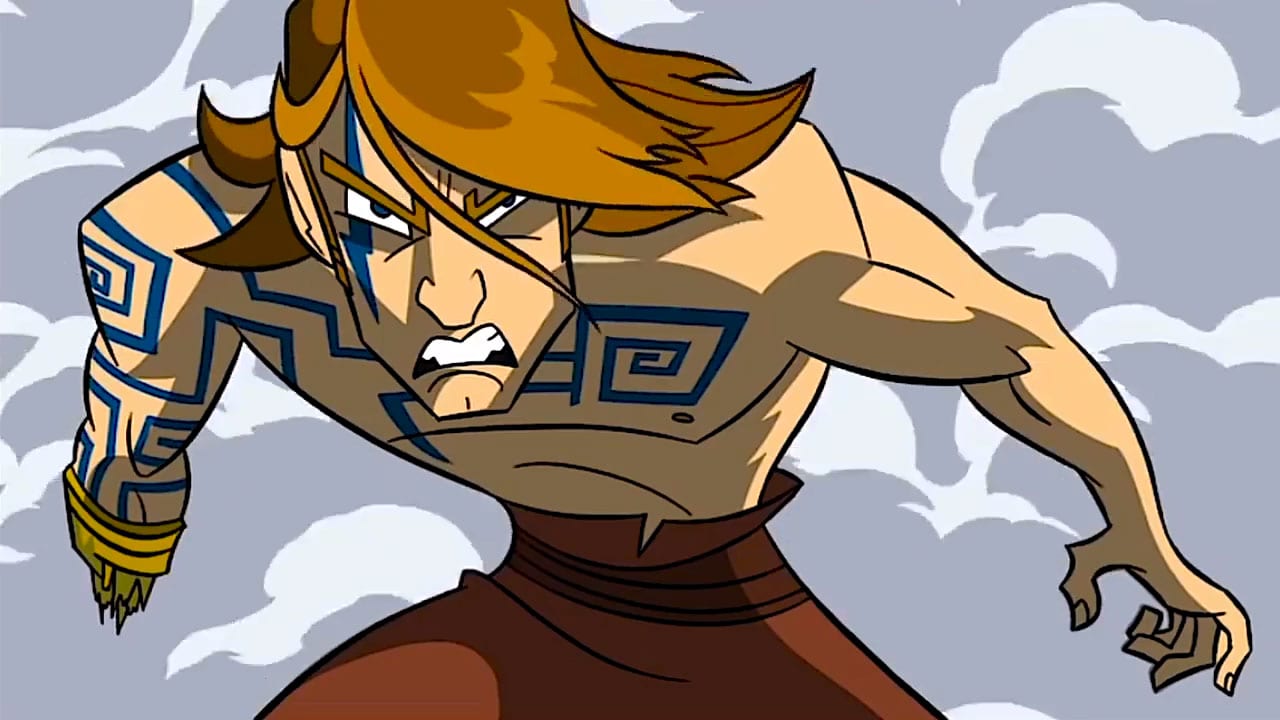
Whenever there’s a major criticism against a certain character it is up to subsequent material to help flesh them out. These were the criticisms that Tartakovsky took to it upon himself to address when it comes to Anakin Skywalker. This is the most authentic to a young Anakin Skywalker as this is much closer to Anakin in the films. In a way, Anakin from Attack of the clones is an emotionally repressed psychopath that only yearns to achieve power that goes beyond Jedi beliefs. In the 3D series, Anakin was shown as something of a wisecrack and cocky almost a recycle of Luke crossed with Solo. It’s still a character, but one we’ve seen before. In contrast, the 2D series actually took the unstable psychopath concept and ran with it fleshing it out into a character you can sympathize with, but also be afraid of at the same time. He’s still moody and angry but not in a cringy way.
Furthermore, This is also the first time we get to see Anakin and Obi-Wan act as real companions. There was still occasional bickering but they still clear they had each other’s backs and you by them as brothers which was what Lucus clearly intended but fell short on in the films.
Fun Fact: The Obi-Wan voice actor James Arnold Taylor would reprise the role in the 3D series as well as subsequent shows and games.
However, it’s not just Anakin that gets the spotlight indeed plenty of Jedi that served as little more than background characters get their own mini-stories as well. Mace Windu has an episode where he lost his lightsaber and resorts to beating Droids with his fists. More memorable moments can be seen as Master Luminara and her apprentice Barriss assemble a lightsaber being assembled for the first time onscreen, Shaak Ti protecting Chancellor Palpatine as all of Coruscant is under assault, and there is even an imaginative sequence with Master Kit Fisto and his underwater battle alongside the Mon Calamari.
This show also served as the debut of several fan-favorite villains including the bounty hunter Durge, Dooku’s dark apprentice Asajj Ventress, and most significant the Introduction of General Grievous in the finale of the first season. Tartakovsky’s version of Grievous is the polar opposite of the one in the films as this one has a terrifying presence and goes toe-to-toe against multiple Jedi. Later media portrays Grievous as a coward who flees the second the odds stack up against him. Here, he is a literal terminator with lightsabers who stops at nothing to catch his prey.
The anthology like the structure of the series would go on to influence the 3D series which makes sense as if you want to tell the story of an entire war you often have multiple main protagonists from different perspectives.
Legacy
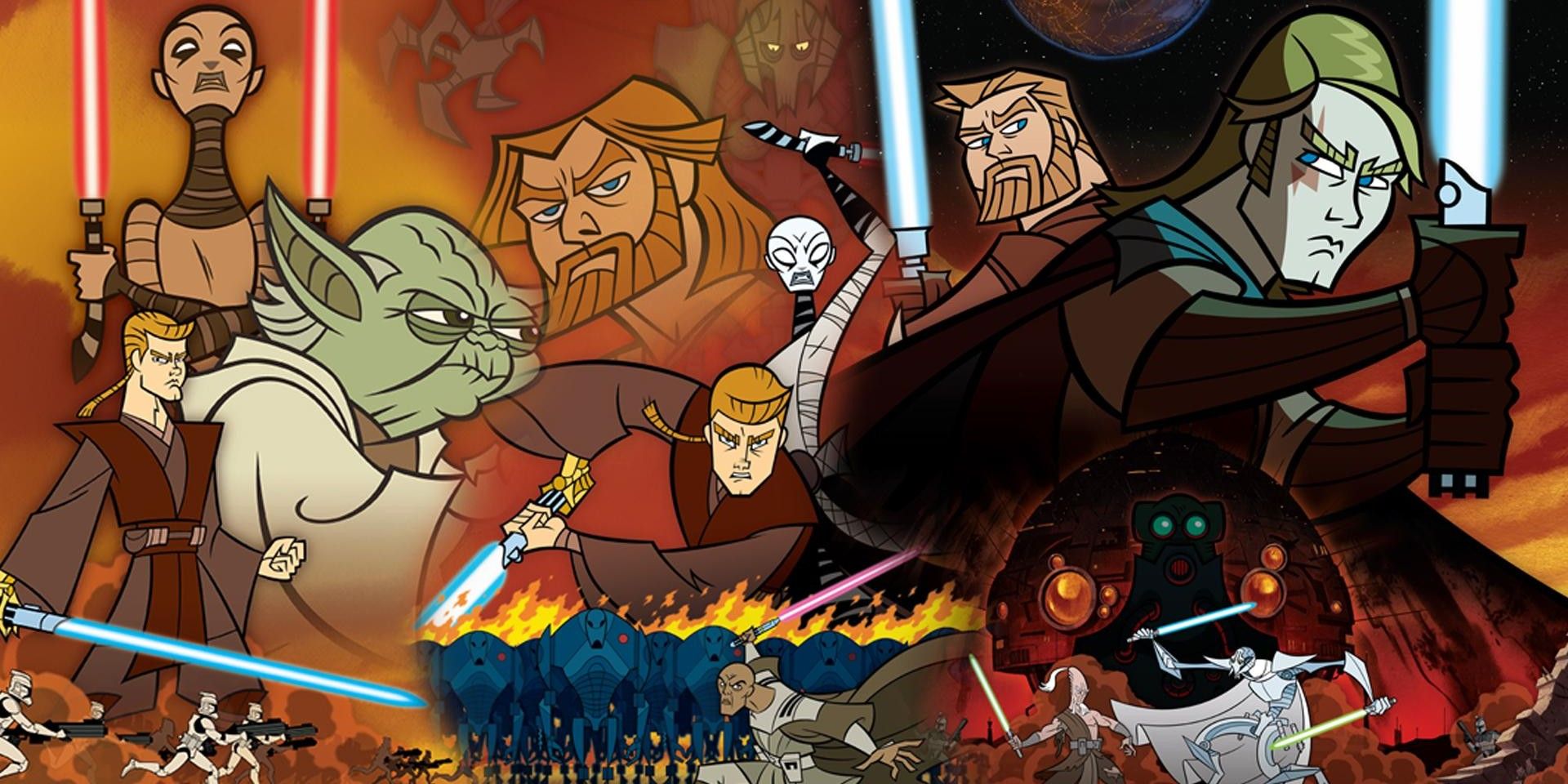
Despite its sparse release at the time, it filled a vital void for younger star wars fans as this was released in between Attack of the Clones and Revenge of the Sith. In fact, the finale literally ends with Palpatine getting kidnaped by General Grievous, which leads right into the opening scenes in episode 3.
As a disappointment to some fans Tarakovsky’s clone wars is no longer considered canon as later material written by Lucas himself would supersede certain elements. Like many Star Wars Expanded Universe [EU] content at the time – while Lucus may have Greenlit these projects, he was never active in the story process. Still, elements of the series would be referenced in the 3D series – One of my favorite references was a brief mention of Mace Windu in Dantooine that eluded that droid knuckle buster episode.
“Master Windu’s forces have prevailed, but at a great cost to his men”
![☀️ [Tartakovsky Thursdays] Chapters 12-13: The Battle of Dantooine | Fandom](https://static.wikia.nocookie.net/2a5f5252-4827-46a5-a0a8-c4ccff656f04/scale-to-width/755)
There was respect for this show that would pass on to other projects. While the original Clone Wars has largely been forgotten by mainstream fans, it has played the foundation of future Star Wars animated projects.
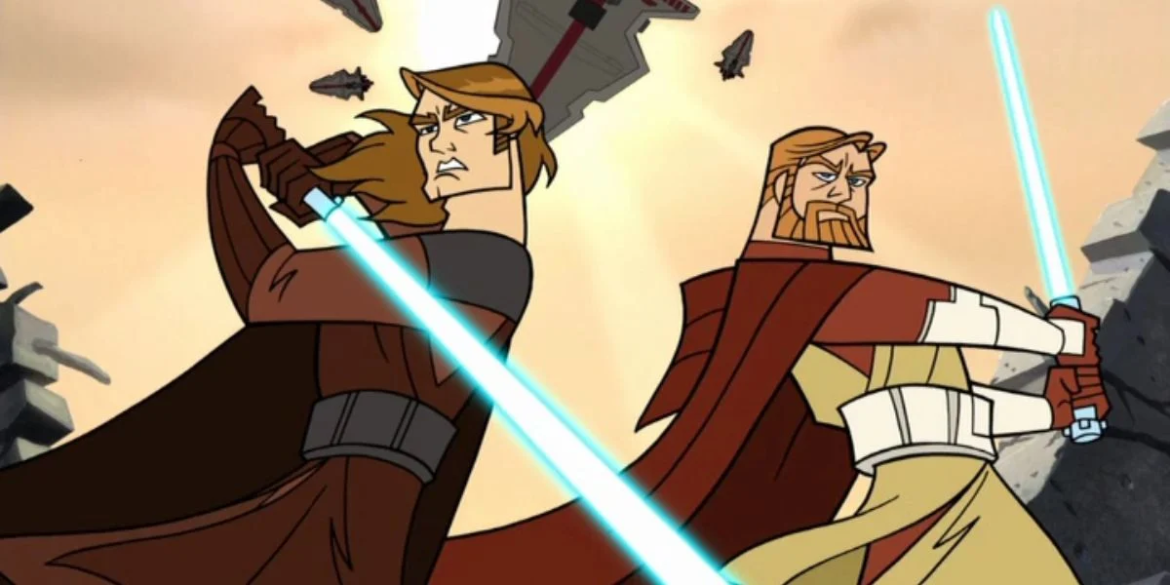

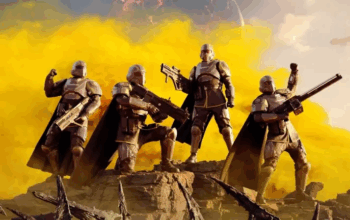
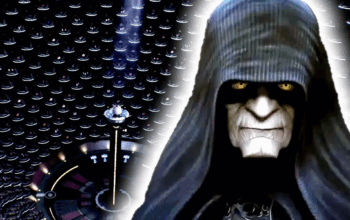
2 thoughts on “The Rise of Star Wars Animation: The Tartakovsky Clone Wars”
Comments are closed.